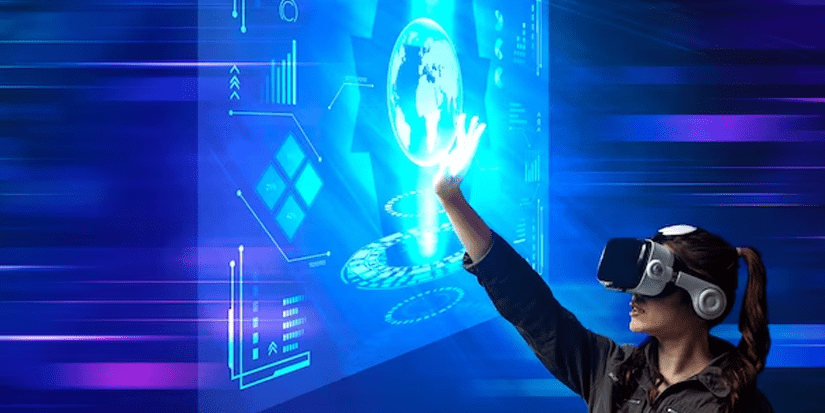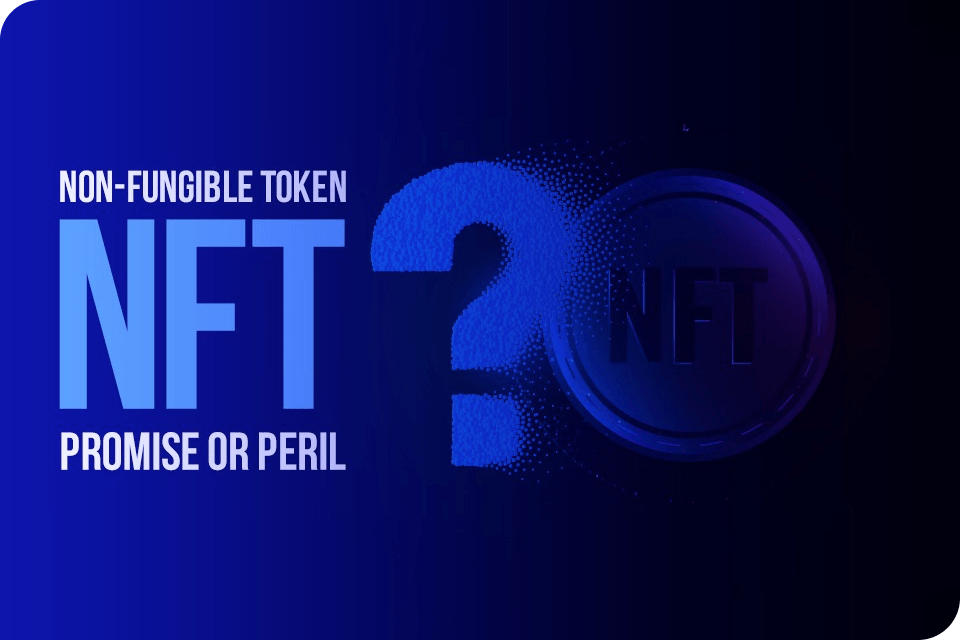Extended Reality (XR) is an umbrella term that encompasses a spectrum of immersive technologies, including Augmented Reality (AR), Virtual Reality (VR), and Mixed Reality (MR). XR extends the boundaries of reality by blending the physical and digital worlds, offering users experiences that range from entirely virtual to partially augmented.
In the realm of digital marketing, XR introduces a new dimension of engagement. By integrating AR, VR, and MR into marketing strategies, brands can create interactive and memorable experiences for their audiences. XR campaigns allow users to engage with products and services in a more immersive way, fostering a deeper connection between the brand and the consumer. For instance, XR can be leveraged to create virtual try-on experiences for fashion items or simulate real-world scenarios to showcase products in a more interactive manner.
Web design is also impacted by XR, particularly as browsers and devices become more capable of supporting immersive experiences. Designers can incorporate XR elements directly into websites, providing users with interactive and three-dimensional content. This can include AR-enhanced product visualizations or VR-powered virtual tours, offering users a more engaging and dynamic browsing experience.
In mobile application development, XR technologies are a game-changer. XR apps go beyond traditional interfaces, offering users experiences that go beyond the confines of the screen. For instance, mobile AR apps can overlay digital information onto the user’s real-world environment, while VR apps transport users to entirely virtual spaces. This versatility in mobile XR applications provides developers with a wide range of possibilities, from educational experiences to entertainment and training applications.
One of the unique aspects of XR is its ability to blend the real and virtual seamlessly. Mixed Reality (MR), in particular, allows users to interact with digital objects in the real world and vice versa. This has implications not only for marketing and design but also for practical applications such as training simulations, where users can interact with virtual objects in a real-world context.
Conclusion: In conclusion, the integration of Extended Reality (XR) aligns seamlessly with Sidat’s mission to provide comprehensive and holistic solutions, ensuring clients’ needs are met across technological and digital realms. XR, encompassing Virtual Reality (VR), Augmented Reality (AR), and Mixed Reality (MR), introduces a transformative dimension to user experiences. In the context of UX design, XR technologies offer immersive and interactive interfaces that redefine how users engage with digital content.







